In the heat of combat, some heroes rise not from a place of privilege, but from humble beginnings and a deep sense of duty. Master Sergeant Ernest R. Kouma was one of those men. A quiet farm boy from Nebraska, Kouma would go on to become one of the most fearless tank commanders in American military history, earning the Medal of Honor for single-handedly holding off an overwhelming North Korean assault. His story is one of grit, sacrifice, and unwavering courage in the face of near-certain death.

Early Life and Struggles: Born on November 23, 1919, in the rural town of Dwight, Nebraska, Ernest Richard Kouma grew up working on his family’s farm. Life during the Great Depression was difficult, and like many young men of his generation, he learned discipline and perseverance early. These formative years, spent under the sun and among the rows of crops, shaped the calm and unflinching demeanor he would carry into battle years later.
Seeking more than the fields could offer, Kouma enlisted in the U.S. Army in June 1940, just months before America entered World War II. He left the cornfields behind to become part of something far larger than himself.
Military Enlistment and Heroics: Kouma was trained as an armor crewman and assigned to the 9th Armored Division. His unit arrived in Europe in late 1944, where they were quickly thrust into intense combat. Despite having little combat experience, the division played a crucial role in the Battle of the Bulge, particularly in the defense of Bastogne, which helped turn the tide of the war.
Kouma and his division pressed forward through Germany, participating in the dramatic capture of the Ludendorff Bridge at Remagen, an operation that hastened the Allied victory in Europe. The division later helped liberate thousands of Allied prisoners and continued its push eastward until Victory in Europe Day in May 1945.
After the war, Kouma chose to remain in the Army, serving in the post-war occupation of South Korea and Japan. He later returned to the U.S., stationed at Fort Lewis, Washington, assigned to Company A, 72nd Tank Battalion of the 2nd Infantry Division.
Defining Moment: When the Korean War erupted in June 1950, Kouma was among the first American soldiers deployed. By late August, his unit had been positioned near the Naktong River, part of the vital Pusan Perimeter defense.
On the night of August 31, 1950, Kouma found himself in command of a small patrol near the Kihang ferry outside the village of Agok. As darkness fell, a heavy fog rolled in, and North Korean forces launched a fierce surprise assault across the river. Kouma, commanding an M26 Pershing tank, sprang into action.
Through the night and into the early hours of September 1, Kouma's tank alone repelled wave after wave of North Korean attackers—over 500 in total. When the rest of his unit withdrew, Kouma stayed behind to cover the retreat, refusing to abandon the fight.
Despite being wounded twice, he manned the .50-caliber machine gun on top of his tank, fired his pistol, and threw grenades—all while standing exposed under intense enemy fire. At one point, he even fought outside of his tank, defending it from attackers at point-blank range.
By dawn, Kouma had killed an estimated 250 enemy soldiers, delaying the North Korean advance and allowing U.S. forces to regroup and reestablish their defense. He then guided his tank eight miles through hostile territory, destroying three enemy machine gun positions along the way.
Post-War Life and Career: Following this remarkable action, Kouma was promoted to master sergeant and awarded the Medal of Honor by President Harry S. Truman in a White House ceremony on May 19, 1951. After Korea, he served as a recruiter in Omaha and a tank gunnery instructor at Fort Knox, Kentucky.
Kouma remained in the Army for a total of 31 years, taking on roles as a recruiter and tank commander, including assignments in Fort Carson, Colorado, and Germany. While he never saw combat again, his reputation as a warrior and mentor endured.
In 1971, Kouma retired and settled in McDaniels, Kentucky, where he lived a quiet life until his passing on December 19, 1993. He was buried with honors at Fort Knox Cemetery.
Military Awards and Decorations: Ernest R. Kouma’s decorations reflect a career of honor and bravery. His awards include:
- Medal of Honor
- Bronze Star Medal
- Purple Heart with oak leaf cluster
- Army Good Conduct Medal
- American Defense Service Medal
- American Campaign Medal
- European-African-Middle Eastern Campaign Medal
- World War II Victory Medal
- Army of Occupation Medal (with Japan clasp)
- National Defense Service Medal
- Korean Service Medal (with three battle stars)
- United Nations Service Medal for Korea
- Korean War Service Medal
Master Sergeant Ernest R. Kouma was the embodiment of battlefield valor. From a quiet Nebraska farm to the deadly banks of the Naktong River, he never hesitated when duty called. His fearless stand in Korea saved countless lives and inspired a generation of soldiers. While he lived a quiet life after war, his name continues to live on—in military competitions, dining facilities, and the annals of history.
Kouma’s story is more than just that of a Medal of Honor recipient. It is the story of what one man, with unshakable courage and devotion to his brothers-in-arms, can do against impossible odds.
